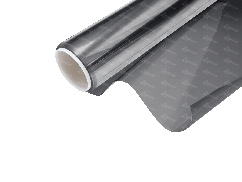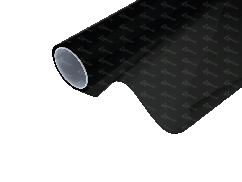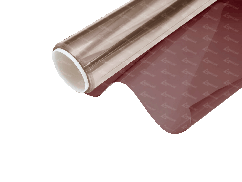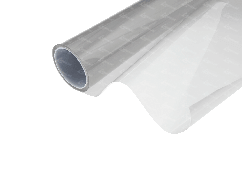State Tint Laws – Understanding Legal Tinting Regulations
Window tinting laws vary across the United States, with each state setting its own rules on Visible Light Transmission (VLT%), reflective properties, and restrictions on tinted windshields. These laws ensure driver safety, law enforcement visibility, and compliance with local regulations.
While Armolan USA provides high-performance automotive window films, it is essential for vehicle owners and professional installers to ensure that their tint choices align with their state’s legal requirements.
Key Factors in U.S. Tint Laws
- VLT% (Visible Light Transmission Percentage) – The lower the percentage, the darker the tint.
- Windshield Tint Restrictions – Most states only allow tinting on the top portion of the windshield (AS-1 line).
- Medical Exemptions – Some states allow darker tints for individuals with medical conditions requiring UV protection.
- State-Specific Regulations – Each state has unique rules, including restrictions on reflectivity, mirror tints, and specific tint colors.
🔗 For a full breakdown of state-specific tint laws, visit our detailed guide: 📌 Automotive Tint Laws by State
📞 Call us: +1 855-946-3456
📧 Email us: info@armolan.com

Sun protection films

Automotive films

Architectural films

